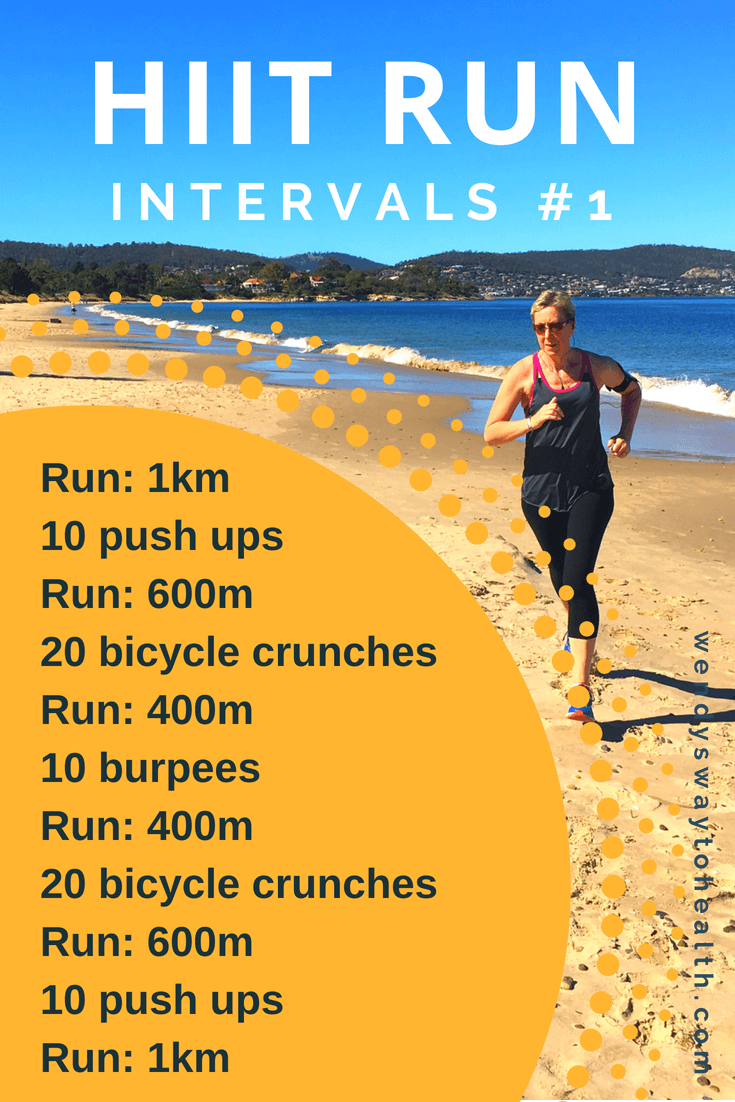Raise Your Running Strategy with Proven Techniques
Raise Your Running Strategy with Proven Techniques
Blog Article
The Ultimate Guide to Taking Care Of Discomfort When Running
For runners, experiencing pain during runs is not uncommon, and understanding exactly how to properly take care of and stop it can make a significant difference in your overall performance and pleasure of the sporting activity. Whether you are a skilled marathoner or simply beginning your running journey, comprehending the different sorts of discomfort that can develop and the methods to resolve them is essential. From pre-run workout routines to proper footwear choice, there are many factors to think about when it involves managing discomfort while running. This extensive guide will certainly outfit you with the knowledge and devices essential to browse through the discomfort and equip you to attain your running objectives with greater ease.

Comprehending Different Sorts Of Running Discomfort
When running, it is important to differentiate between various sorts of pain to protect against injuries and make best use of efficiency (Read More). One typical kind of pain that joggers might experience is muscle mass soreness, which generally arises from the stress and anxiety placed on muscle mass during workout. This kind of pain is usually a typical component of the running process and can be taken care of via appropriate warm-up, cool-down, and extending routines
An additional kind of pain to be knowledgeable about is joint pain. Joint pain can indicate issues such as overuse, inappropriate form, or underlying conditions like arthritis. Neglecting joint discomfort can lead to much more extreme injuries, so it is essential to attend to any type of pain without delay and possibly seek specialist guidance.
Furthermore, sharp or stabbing discomforts should not be neglected. These kinds of discomfort can indicate intense injuries such as strains, sprains, or anxiety fractures - running workout. Remaining to run via these types of pain can worsen the injury and lengthen recovery time

Pre-Run Warm-Up and Extending Routine
To prepare the body for a running session, applying an effective pre-run warm-up and extending regular is essential. An appropriate workout aids increase blood flow to the muscular tissues, boosts versatility, and lowers the danger of injury throughout the run. Begin with vibrant stretches like leg swings, arm circles, and high knees to progressively increase your heart rate and chill out the muscular tissues. Dynamic stretching helps mimic the movements you'll be doing while running, preparing your body for the task in advance. Follow this with fixed stretches concentrating on significant muscle mass groups such as the hamstrings, quadriceps, calves, and glutes. Hold each go for concerning 15-30 secs without bouncing to promote muscle relaxation and adaptability. Bear in mind to pay attention to your body and change the intensity of your warm-up based on your physical fitness level and any pre-existing problems. By integrating a constant pre-run warm-up and extending routine into your running routine, you can enhance performance and minimize the threat of discomfort or injury.
Correct Footwear Option and Fit
Choosing proper footwear that fits well is important for runners to avoid discomfort and decrease the threat of injuries. Ill-fitting footwear can result in sores, black toe nails, shin splints, and other uncomfortable conditions that can check over here hinder efficiency and sideline training. When selecting running shoes, it is important to think about factors such as foot type, running stride, arch assistance, padding, and footwear dimension. running workout. Visiting a specialized running store for a stride analysis and specialist fitting can aid make certain that you select the right shoes for your specific needs. Running shoes must provide sufficient assistance and stability while likewise fitting and lightweight. Furthermore, it is advised to replace your operating footwear every 300-500 miles to maintain appropriate padding and assistance. Investing in top quality footwear that is ideal for your running style and foot composition is a proactive step towards preventing pain and injuries during your runs.
Nutrition and Hydration Tips for Discomfort Avoidance
:max_bytes(150000):strip_icc()/HIIT-treadmill-workout-promo-04629651f9fc4854a8afca1c29ba528a.jpg)
Hydration is just as essential for joggers to avoid pains, dehydration, and other discomforts that can result in pain throughout running. It is recommended to consume an adequate amount of water throughout the day and specifically before, during, and after running sessions. Electrolyte-rich drinks or sports drinks can likewise be beneficial for renewing shed minerals and maintaining proper liquid equilibrium. running workout (Read More). By focusing on nutrition and hydration, joggers can enhance their efficiency, minimize pain, and appreciate a much more comfy running experience.
Post-Run Recuperation Techniques to Relieve Discomfort
Implementing effective recovery techniques is vital for easing discomfort and promoting muscle mass healing after running sessions. Furthermore, icing sore areas for 15-20 mins can aid lower swelling and numb discomfort post-run.
Consuming a well balanced treat or meal that includes healthy protein and carbohydrates within 30 minutes of ending up a run can assist repair muscle mass cells and replenish power shops. By integrating these post-run recovery strategies into your routine, you can properly handle pain and maximize your running efficiency.
Conclusion
Finally, resolving various kinds of running discomfort with correct warm-up, extending, footwear selection, nourishment, hydration, and post-run recovery strategies is vital for pain avoidance and management. By recognizing the causes of pain and applying these techniques, joggers can reduce pain and prospective injuries. It is critical to prioritize total physical health and wellness and health to guarantee an effective and pleasurable running experience.
Report this page